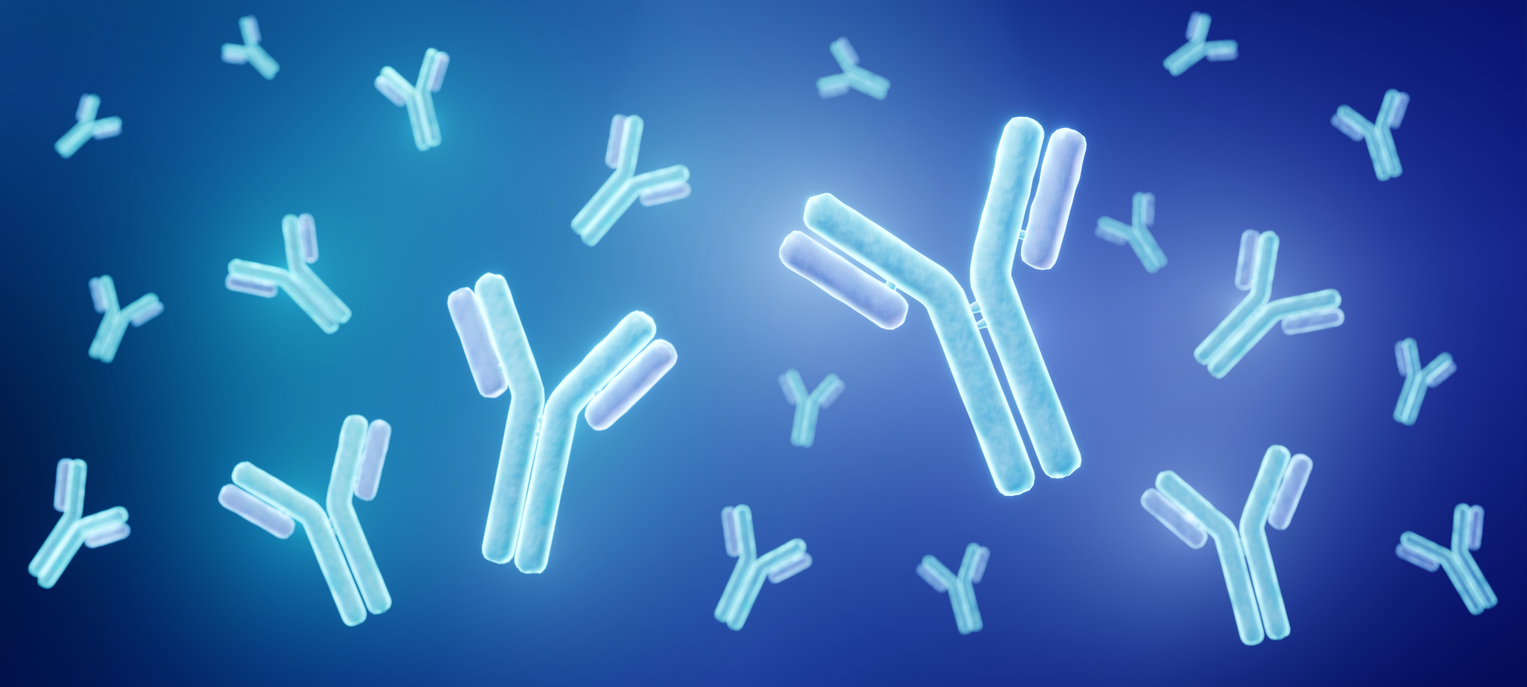The State Of The Biosimilars Market
3 key challenges facing the biosimilars space in 2023
In 2010, the biopharma industry saw an abrupt patent cliff: a significant number of top-selling drugs lost exclusivity. Once these originator products came off patent, the race was on between competing developers to gain approval first and reap the market share advantage. In the next eight years, 69 blockbuster drugs will lose exclusivity, setting the scene for yet another patent cliff and ensuing fight to be the first biosimilar to market.[1]
In this blog, we explores the evolving biosimilars space and the top three biggest challenges developers can expect to face as they compete to be the winners in the market race.
The challenges facing biosimilar developers
The journey to market is complex for biosimilars; the FDA will only approve a biosimilar with evidence from analytical data that demonstrates the molecule is highly similar to the innovator. As well as structural and functional similarity, comparable pharmacokinetics (PK), immunogenicity, and possibly pharmacodynamics (PD) properties must be demonstrated at clinical phases.
Providing this evidence at speed to surmount competition is a challenge in itself. But from preclinical to commercial, biosimilar developers can expect further hurdles that will require expertise and experience to overcome.
- Keeping up with advances
For traditional, protein-based therapeutics like monoclonal antibodies (mAbs), there are standard approaches and expectations for comparing PK and immunogenicity between biosimilars and their respective innovators. However, biologics are becoming increasingly diverse and complex, and this has had a direct impact on the bioanalytics required for biosimilars to meet critical milestones.
Establishing a suite of bioanalytical assays necessary to provide the sound, high-quality data necessary to allow meaningful interpretation of comparability study data is inherently more difficult when working with complex molecules. Innovative thinking has meant that bioanalysis of comparability now relies on technologies that would not typically be used in the regulated bioanalysis space. This can be seen in the use of PCR and flow cytometry to establish the PK of drugs when previously, ligand-binding assays were more common.
If biosimilars move into more complex areas such as antibody-drug conjugates (ADCs), bi/tri-specific antibodies, and even cell and gene therapies (C>s), the complexity of both the assays and analysis of the data can be expected to be compounded. A “one size fits all” approach will not be suitable, and extensive bioanalytical expertise will be needed to design and develop the appropriate assays on a case-by-case basis.
- Manufacturing considerations
Access to manufacturing capacity is one biosimilar developers’ most significant challenges. If suitable capacity cannot be found, developers could see their biosimilar project delayed, possibly allowing competitors to overtake and gain market share. It is also important that supply mirrors commercial demand for the biosimilar and vice versa, or this could affect future launches. Consequently, manufacturers are beginning to dedicate more capacity to biosimilar production to avoid supply shortfalls.
As market sizes of more complex biologics like C>s and ADCs grow, biosimilar developers will not only need to consider manufacturing capacity but proactively assess whether biosimilar projects are likely to achieve success. Rather than focusing on the potential for financial gains, developers should take time to do a thorough probability of technical and regulatory success (PTRS) analysis. If the project cannot be achieved in a timely manner, and competitor products are likely to overtake, the investment could be better spent on progressing alternative projects, ultimately helping to bring a wider variety of therapeutics to patients.
- Preparing for commercial success
Many biologics have the same mode of action, meaning they will directly compete for market share. With these products reaching the end of their patent, the impact of the addition of biosimilars to an already saturated market can take time to predict. Biosimilar developers aiming for financial success should conduct a full market analysis to understand if and where a market share could be gained. The need for developers to do their due diligence in assessing the market will be a growing challenge, and only those taking a holistic approach can anticipate success.
In order to alleviate competition pressures, it is becoming more common for biosimilar developers to strategically build portfolios of biosimilars within a specific therapeutic area rather than focus on individual projects. This approach offers potential cost benefits throughout development and manufacturing and provides patients with a broader array of therapeutic options.
Looking to the future
The biosimilars market can be expected to grow at an accelerated rate, in part due to the many blockbuster molecules coming off patent in the next eight years. We can expect a new wave of biosimilars on the horizon, with faster uptake and deeper market penetration.
Time is of the essence for biosimilar development programs to beat the competition and be first to market, making operating under compressed timelines crucial. Inadequate bioanalytical packages can stall or otherwise jeopardize regulatory submissions for biosimilar candidates.
Developers will need to carefully consider the strategies they will apply to overcome manufacturing and commercial challenges as biosimilars become more complex, relying on market analyses to ensure success. They should also consider finding support from those intimately familiar with the unique bioanalytical needs of these programs, distinct from those associated with developing a novel biologic therapeutic.
To find out how BioAgilytix could support your biosimilar program bioanalytical requirements, contact the team today.
References
